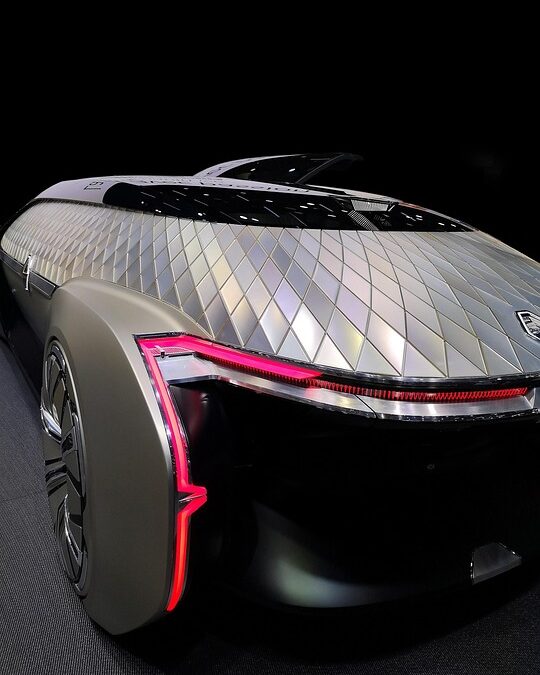Introduction
In a world brimming with chaos and clutter, the allure of minimalist design offers a sanctuary of peace and tranquility. Minimalism is not merely a design choice; it’s a lifestyle that embodies simplicity, functionality, and elegance. This article delves into the principles of minimalist design and how you can transform your home into a zen-like oasis.
The Philosophy Behind Minimalism
Minimalism is more than just an aesthetic; it’s a philosophy that encourages us to strip away the unnecessary and focus on what truly matters. This approach fosters mindfulness and intention, allowing individuals to live with less but experience more. By creating spaces free of clutter, minimalism promotes mental clarity and emotional calmness.
Key Principles of Minimalist Design
1. Simplicity
At the heart of minimalist design is simplicity. This means clean lines, uncluttered spaces, and a focus on the essentials. Every element in a minimalist space serves a purpose and contributes to the overall harmony of the environment.
2. Functionality
Functionality is paramount in minimalist design. Each piece of furniture, decor, and fixture should serve a specific function and contribute to the usability of the space. This practical approach ensures that minimalism is not only beautiful but also livable.
3. Neutral Colors
A minimalist palette typically consists of neutral colors such as whites, grays, and beiges. These colors create a serene atmosphere and allow the mind to rest, making the space feel open and airy.
4. Quality Over Quantity
Minimalism emphasizes quality over quantity. Investing in a few high-quality items that will stand the test of time is preferable to filling a space with many lower-quality pieces. This approach not only enhances the aesthetic but also ensures sustainability.
Steps to Create a Zen-Like Minimalist Space
1. Declutter Your Space
The first step towards minimalism is decluttering. Take a critical look at your belongings and ask yourself what truly adds value to your life. Donate or dispose of items that are not essential, and organize what remains in a tidy and accessible manner.
2. Choose a Neutral Palette
Opt for a neutral color scheme to create a calming and cohesive environment. Whites, grays, and earth tones work well to promote relaxation and focus. You can add visual interest with subtle textures and patterns.
3. Embrace Open Spaces
Minimalist design thrives on open spaces that allow for free movement and a sense of freedom. Avoid overcrowding rooms with too much furniture, and consider open-plan layouts to maximize the sense of space.
4. Select Functional Furniture
Choose furniture that is both beautiful and functional. Look for pieces that offer storage solutions or can serve multiple purposes. This not only saves space but also maintains the clean lines that are characteristic of minimalism.
5. Incorporate Natural Elements
Bringing nature into your home can enhance the zen-like quality of a minimalist space. Consider adding plants, using natural materials like wood and stone, and maximizing natural light to create a connection with the outdoors.
6. Focus on Quality Lighting
Lighting plays a crucial role in minimalist design. Utilize natural light as much as possible, and supplement with simple, elegant lighting fixtures. Soft, diffused lighting can create a warm and inviting atmosphere.
Common Challenges in Achieving Minimalism
1. Letting Go of Sentimental items
One of the biggest hurdles in minimalism is parting with sentimental items. While it’s essential to maintain an emotional connection with certain belongings, it’s equally important to evaluate their necessity in your living space.
2. Avoiding Over-Simplification
Minimalism should not lead to a sterile or lifeless environment. Balance simplicity with warmth by incorporating textures, personal touches, and elements that reflect your personality.
3. Maintaining Minimalism
Minimalism is an ongoing process. Regularly assess your space to ensure it remains uncluttered and true to minimalist principles. Develop habits that prevent unnecessary accumulation and prioritize mindful consumption.
Minimalism Beyond Interior Design
While minimalist design is most commonly associated with interior spaces, its principles can be applied to other aspects of life, including fashion, technology, and lifestyle choices. Embracing minimalism holistically can lead to a more intentional and fulfilling life.
FAQs
What is minimalist design?
Minimalist design is an aesthetic and lifestyle choice that emphasizes simplicity, functionality, and the use of neutral colors. It focuses on creating uncluttered spaces that promote mental clarity and tranquility.
How can I start transitioning to a minimalist home?
Begin by decluttering your space and keeping only items that serve a purpose or bring joy. Choose a neutral color palette, select functional furniture, and embrace open spaces to create a minimalist environment.
Can minimalism be personalized?
Absolutely! While minimalism emphasizes simplicity, it can be personalized through the use of textures, personal mementos, and elements that reflect your personality and style.
Is minimalist design expensive?
Minimalist design does not have to be expensive. While it prioritizes quality, it also encourages living with fewer items, which can lead to cost savings. Focus on investing in a few high-quality pieces rather than many lower-quality items.
How do I maintain a minimalist home?
Maintenance involves regular decluttering, mindful consumption, and developing habits that prevent unnecessary accumulation. Continuously assess your space to ensure it remains true to minimalist principles.
Conclusion
Minimalist design offers a pathway to creating a zen-like space in your home by emphasizing simplicity, functionality, and tranquility. By adopting minimalist principles, you can transform your living environment into a sanctuary that fosters peace and clarity, ultimately enhancing your overall well-being.
Discover more from System Ent Corp
Subscribe to get the latest posts sent to your email.

